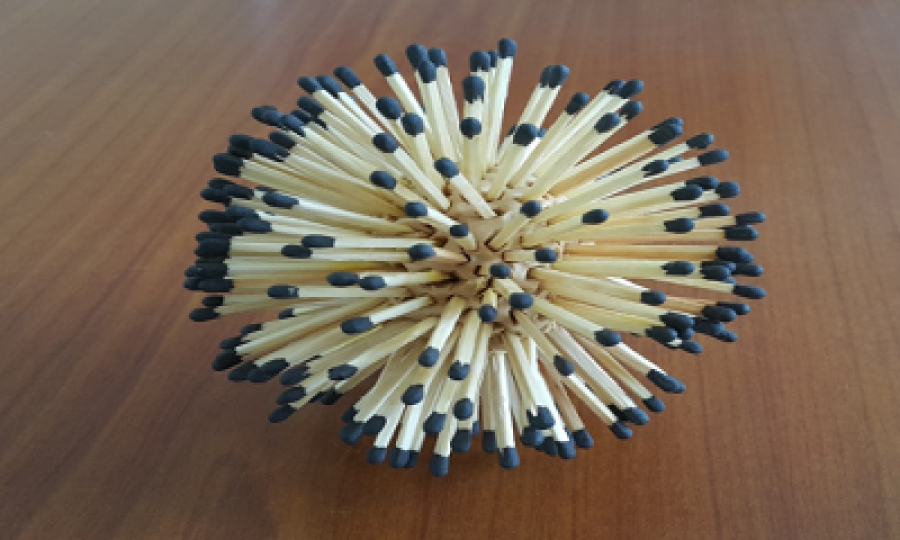Mathematics Innovations for Teaching Loci
Written by Francis Kamau
During teaching and learning mathematics, it’s vital to let learners know the life application of the concepts they learn; this enhances their interest and motivation. One topic in mathematics that has numerous real-life experiences is the loci. As learners carry out their daily activities and interact with the environment, they come across the application of loci in many instances. This may include opening and closing a door, animal tethering, road marking, land subdivision, use of sprinklers, wall clocks. Locus is also used in engineering, sports and air traffic control.
However, understanding the concept of loci does not come easy to most learners. One reason is that teaching loci has mainly been done theoretically with few innovative activities to visualize the idea. KNEC reports constantly reveal that most students cannot, using a ruler and a pair of compasses, accurately construct and locate the locus of points. Further studies by CEMASTEA frequently indicate that loci are among the mathematics topics considered challenging to teach and learn.
Easy to make innovations for teaching Loci
The mathematics department at CEMASTEA has developed innovative hands-on activities that teachers could use to make loci learning easy. One such innovation is a practical demonstration of the locus at a given distance from a fixed point in two dimensions. In making the innovation, a round groove is made on a flat piece of wood and small nails hammered around at constant spacing (see picture above). A clock hand that can go round is the fixed point at the middle. The ‘clock’ hand represents the ‘given distance’ while the hand fixed at the center represents the ‘fixed point’. When the ‘hand’ is moved around, the ‘path traced’ by the tip of the hand is ‘marked’ by the nails. Learners can also be guided to demonstrate the locus of a point at a given distance from a fixed point in three dimensions. In this case, the centre of the sphere made using the match sticks represents the fixed point, while the tip of the match sticks represents possible locations of the moving point.
In summary, using such simple illustrations, a teacher can make it easy for learners to understand that: the locus of a point at a given distance from a fixed point in two-dimension geometry is a circle whose radius is the distance between the two points. The locus of a point at a given distance from a fixed point in three-dimension geometry is a sphere whose radius is the distance between the two points. The department will develop these innovations and vend them to schools at affordable costs.
